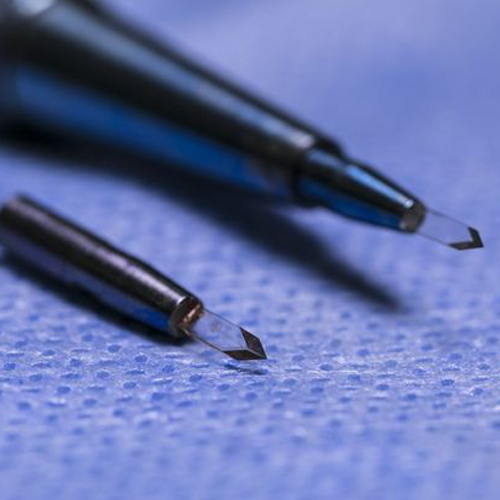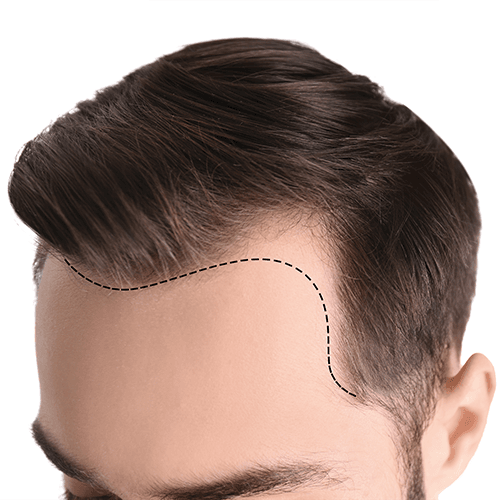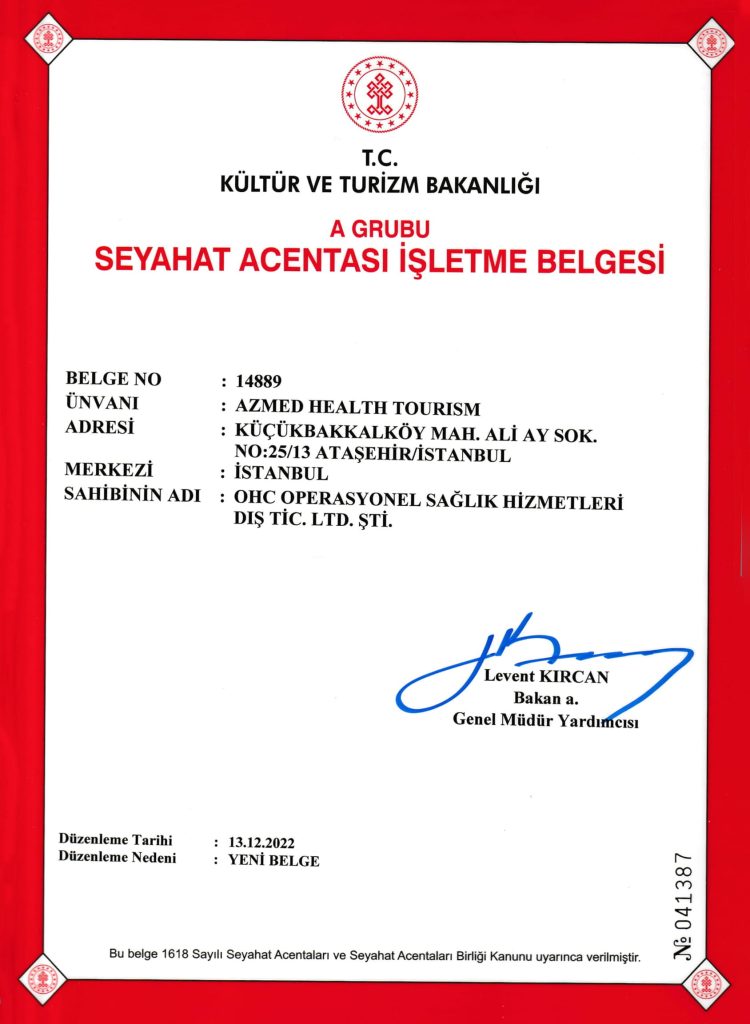DHI
DHI hair transplantation is a procedure that has been used for a long time but has lately gained popularity. In its most basic form, it is the procedure of using an implanter to place the gathered grafts on the scalp. This treatment, which does not need opening the canal or making an incision, is performed using a thin and cylindrical Choi needle. Grafts are implanted more often with this needle than with other procedures. The DHI procedure is advised for people who wish to obtain a thick and dense look after hair transplantation in the treated regions. People who have not yet completed their hair loss are interested in this approach.
The DHI procedure is advised for people who wish to create a thick and natural look after hair transplantation. The hair follicles are carefully gathered and inserted in the areas where shedding is seen with the same meticulousness with to the method’s fine-tipped choi pen. Because it has a tiny tip, it permits multiple grafts to be placed securely and in the same direction as the existing hair follicles. The following are the benefits of the DHI approach, which pleases people who use it throughout the application and recovery processes:
- It is convenient since just the hair in the treatment area is shaved.
- Since no incision is made, very little tissue damage occurs.
- Shedding is not noted in the hair surrounding the application area.
- It is ideal for persons who have not yet finished losing their hair.
- The Choi pen’s and tip’s design makes it easy to insert grafts in the correct direction.
- Those who require frequent hair transplanting will be pleased with the results provided by the fine-tipped pen.
- Because the tissue damage is minimal, the crusting and healing process is short.
- Making graft collection and placement applications quickly reduces harm to the collected roots.
- The method’s application allows for natural results in prominent areas of the hair, such as the front.
- Other negative effects, such as scarring, are not noticed when administered by experts.
What Is the Difference Between DHI Hair Transplantation and the FUE Method?
DHI treatment is advised as an alternative to the FUE procedure for people who want to acquire a thick and lush outcome from hair transplantation. The tools used differ, despite the fact that there is no evident differentiation between the two methods. The following features separate these two methods, whose dependability and effectiveness have been demonstrated by worldwide authorities:
- After the blood test, the donor region to be grafted is shaved in the FUE process. In rare circumstances, DHI hair transplantation can be performed without shaving.
- DHI varies from FUE in terms of the expense of medical equipment used in hair transplantation as well as the need for expertise.
- The number of grafts implanted at once in the DHI process differs significantly from the quantity used in FUE.
- Because the grooving process in the FUE method prolongs the healing process, recuperation occurs in a shorter period of time after DHI treatment.
One significant distinction between the DHI and FUE methods is the ability to plant frequently. The fine-tipped medical instrument utilized in DHI hair transplantation makes a difference in graft collection and implantation. This approach, which is ideal for operations in restricted regions, allows for dense planting.
Date:
November 5, 2022





